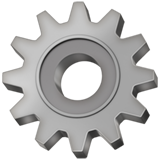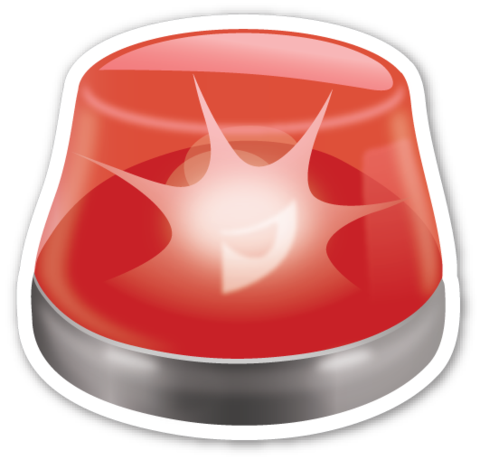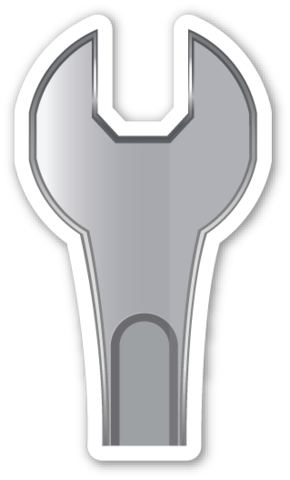ВАШ ТАРИФ
ЗАБОТА
ПРЕМИУМ
ПРЕМИУМ


Поддержка в
Telegram
Telegram
Поддержка в
Онлайн-чате
Онлайн-чате
По телефону


Отправить
заявку
заявку

Mars is the fourth planet from the Sun and the second-smallest planet in the Solar System after Mercury. Mars is a terrestrial planet with a thin atmosphere, having surface features reminiscent both of the impact craters of the Moon and the valleys, deserts, and polar ice caps of Earth.
Отправить заявку
Отправить заявку

Jupiter is the fifth planet from the Sun and the largest in the Solar System. It is a giant planet with a mass one-thousandth that of the Sun, but two-and-a-half times that of all the other planets in the Solar System combined.

The Saturn
Saturn is the sixth planet from the Sun and the second-largest in the Solar System, after Jupiter. It is a gas giant with an average radius about nine times that of Earth. It has only one-eighth the average density of Earth, but with its larger volume Saturn is over 95 times more massive.

The Uranus
Uranus is the seventh planet from the Sun. It has the third-largest planetary radius and fourth-largest planetary mass in the Solar System. Uranus's atmosphere is similar to Jupiter's and Saturn's in its primary composition of hydrogen and helium, but it contains more "ices" such as water, ammonia, and methane, along with traces of other hydrocarbons.

The Neptune
Uranus is the seventh planet from the Sun. It has the third-largest planetary radius and fourth-largest planetary mass in the Solar System. Uranus's atmosphere is similar to Jupiter's and Saturn's in its primary composition of hydrogen and helium, but it contains more "ices" such as water, ammonia, and methane, along with traces of other hydrocarbons.
Мы обеспечим оперативную помощь удобным для вас способом и удаленное подключение к кассе.

The Jupiter
The Mars







Previous Example / Next Example


LET'S GO!
